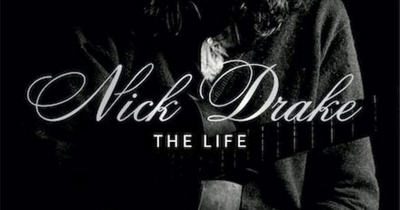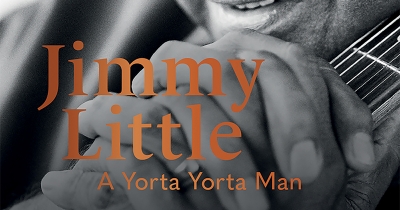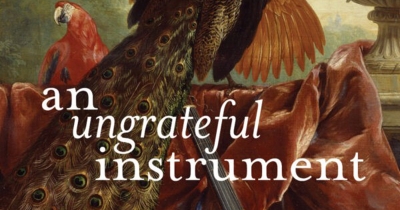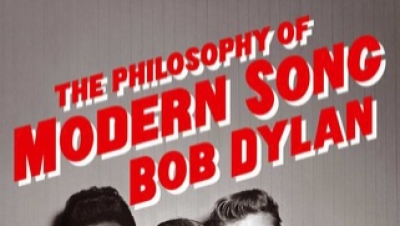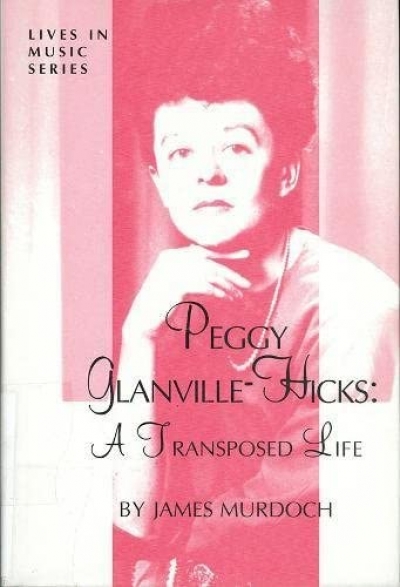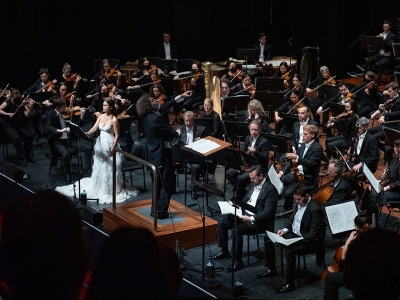Music
Full Coverage: A history of rock journalism in Australia by Samuel J. Fell
Melbourne International Jazz Festival
Building on the success of the 2022 Melbourne International Jazz Festival (MIJF) – never guaranteed, coming off Melbourne’s lockdowns – the MJIF’s artistic team, at first glance, looked to have voted for more of the same, casting a wide net to ensure that plenty of musical diversity was on offer. After the triumph of last year’s Big Saturday event at Sidney Myer Music Bowl, featuring New Zealand funksters Fat Freddy’s Drop, the Festival rebranded this year’s event Jazz at the Bowl, headlined by 1980s soul diva Chaka Khan and funk producer Nile Rodgers, best known for his pioneering work with Diana Ross and David Bowie.
... (read more)Benjamin Britten’s War Requiem was written for the consecration of the new Coventry Cathedral in 1962, after the old cathedral had been destroyed by German bombing raids in 1940. He dedicated the work to four friends, three of whom were killed while on active service during World War II, and the fourth of whom survived the war but later committed suicide. As an avowed pacificist who had been a conscientious objector during the war, Britten took the opportunity to compose a work combining the traditional Latin Requiem Mass with the anti-war poetry of Wilfred Owen: a fellow pacificist (and fellow gay man) who had served as a lieutenant in World War I and who was killed on the Western Front one week before the Armistice was declared in 1918.
... (read more)


